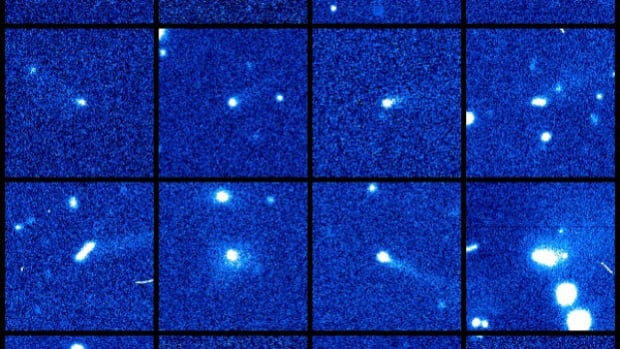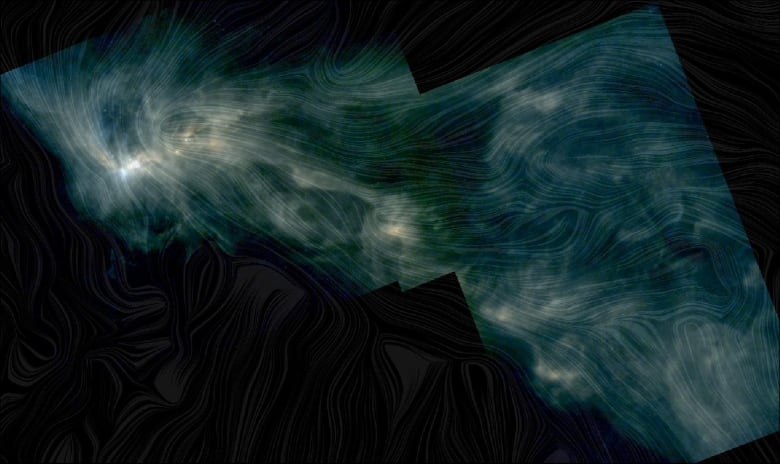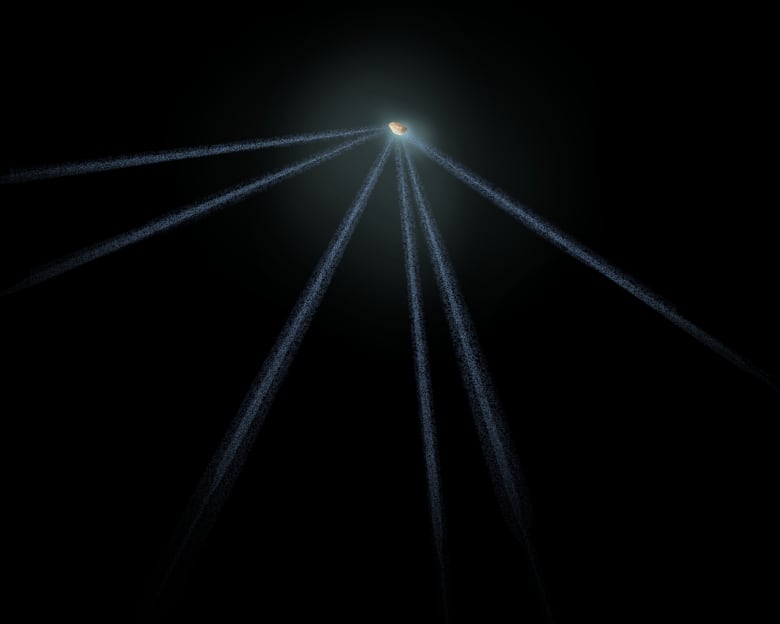
The citizen science program Active Asteroids is looking for volunteers from the public to sift through astronomical photographs of asteroids to look for signs of tails which may indicate the presence of water.
Active asteroids are rare small bodies in our solar system with an asteroid-like orbit and comet-like tail.
Spotting them is a bit like finding a needle in a haystack, with enough of them, they may be able to help scientists answer the question of how much of Earth’s water came from space.
So far, roughly 8,300 volunteers have taken part in this scientific effort by by scrutinizing approximately 430,000 images since it began in 2021.
According to the latest results, published in The Astronomical Journal, 15 new active asteroids have been discovered. Nine of the volunteers are listed as co-authors in the study for their contributions.
The water coming out of your tap is, in large part, as old as our Earth itself. Scientists don’t have a time machine, but by studying other early solar systems, they traced 1 to 50 per cent of our planet’s water back to the initial phase of the formation of our solar system.

This 4.5 billion-year-old water would have been trapped beneath the Earth’s surface until it came spewing out of the mouths of volcanoes in the form of steam that eventually rained down to fill lakes, rivers and oceans. This process continues to this day.
Astronomers believe another source of our water came from space, during a period about four billion years ago known as Late Heavy Bombardment. At that time, the young Earth experienced a burst of countless comets and asteroids that collided with all the planets and moons in our solar system.
These enigmatic objects are believed to have brought water down from above in the form of ice contained in their interiors. The question is, how much of Earth’s water came from space?
To answer that, we need to know how much water is out there and how much was delivered delivered to the Earth.

Comets are icy objects that come from the cold outer reaches of our solar system and famously develop long tails when the ice evaporates as they draw closer to the sun.
Asteroids, on the other hand, are mostly found between Mars and Jupiter and are mainly rocky or iron objects with much lower water content, if any at all.
But some asteroids that likely formed in the outer solar system, known as carbonaceous chondrites, can contain up to 20 per cent water and are capable of developing comet-like tails.
However it is estimated that only about one in 10,000 asteroids are active and their tails are fainter and more difficult to see because there simply isn’t as much water present as a comet.

This is where the public — and the Active Asteroids program, — comes in.
Astronomers have made available thousands of images taken by the Dark Energy Camera on the Blanco 4-metre Telescope in Chile. The camera has been operating since 2012 and sees objects about 10 times fainter than previous asteroid surveys.
The goal is to ask the public to sift through select images and identify which of the objects have tails. They can also compare images of the same asteroid over time to determine whether the tails are long lasting or short outburst events that could be produced by a collision with another asteroid.
This is not as easy as it sounds.
Other artifacts in the photos can look like asteroid tails, such as streaks created by light from other objects, the smearing of light due to movement as the picture was being taken, the trail left behind by cosmic rays or fuzzy distant galaxies in the same image.
Water is our most valuable resource. It’s thought to be essential for life as we know it, so determining how much these asteroids contain could also help the search for life in other solar systems — and perhaps even one day provide critical ice resources for future generations of space explorers to extract to power rockets or supply breathable air.
There remain key questions about where it came from and how it formed the liquid surface that covers nearly three quarters of our planet.
This citizen science project is an opportunity for you to participate in real science and contribute to our understanding of where our most precious resource originated.
Water, water seems to be everywhere — and not just on Earth.

